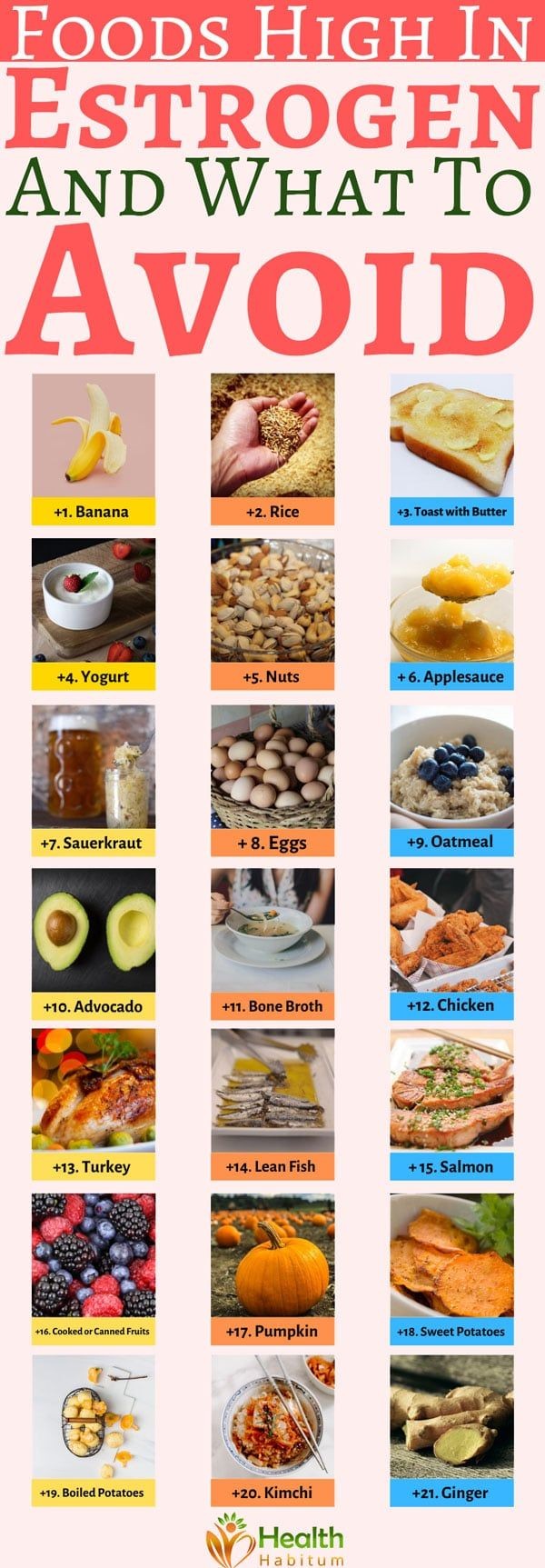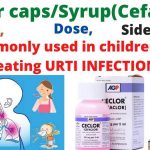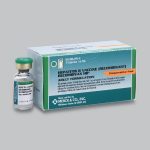
Contents
High Estrogen Foods: What You Need to Know
Dairy, nuts and seeds, legumes, and certain fruits and vegetables are known for their high phytoestrogen levels.
The food we consume can influence hormone production and contain hormones themselves. Different types of plant-based and animal-based foods, as well as herbs, contain chemicals that mimic or interact with hormones in the body.
One common compound found in food is phytoestrogen, which resembles estrogen. Although phytoestrogens are processed similarly to estrogen in the body, their effects are weaker compared to synthetic or natural estrogen.
Animal estrogen is another source of estrogen in food. Eggs and milk, for example, contain high levels of estrogen because they are produced in the parts of an animal’s body responsible for hormone regulation.
Consuming foods high in estrogen can benefit those with low estrogen levels due to certain medical conditions. However, it’s essential to be cautious as there are situations where high estrogen foods can be harmful. Understanding which foods are high in estrogen can help individuals intentionally adjust their intake based on their specific needs.
Foods High in Estrogen
A plant-based diet is generally associated with higher estrogen levels. However, research on foods with high estrogen levels is controversial and influenced by factors such as ethnicity and location.
While the foods listed below are known to contain estrogen or phytoestrogen, it’s important to acknowledge that opinions vary. Additionally, the body can process phytoestrogens, animal estrogen, synthetic estrogen, and estrogen-boosting compounds differently.
In certain cases, consuming specific foods can lower estrogen levels in the body. It’s crucial to consult with a doctor to determine the best approach based on individual medical circumstances.
Foods believed to increase estrogen levels include:
Dairy
Eggs have higher estrogen levels due to being produced in the animal’s ovaries, which regulate hormones. Full-fat milk’s estrogen content can vary depending on the animal’s lactation cycle.
Nuts and Seeds
Nuts and seeds are generally recognized as having high phytoestrogen levels. Some examples include:
- Brazil nuts
- Almonds
- Cashews
- Roasted salted peanuts
- Pine nuts
- Pumpkin seeds
- Sunflower seeds
- Walnuts
- Sesame seeds
Legumes
Legumes have been extensively studied for their phytoestrogen content. However, the benefits and risks of these phytoestrogens are still debated. Legumes high in phytoestrogens include:
- Peas
- Chickpeas
- Lentils
- Soybeans
- Lima beans
- Carob
- Kidney beans
- Mung beans
- Pinto beans
- Black-eyed peas
Fruits and Vegetables
Berries and cruciferous vegetables are generally considered to have high phytoestrogen levels. Examples include:
- Sprouts
- Cabbage
- Spinach
- Garlic
- Onion
- Zucchini
- Broccoli
- Celeriac
- Cauliflower
- Strawberry
- Cranberry
- Blueberry
- Cherry
- Dates
Grains
Certain grains used in cereals are associated with higher phytoestrogen levels. Examples include:
- Rice
- Oats
- Buckwheat
- Barley
- Wheat
- Millet
- Corn
The Benefits of Consuming High Estrogen Foods
Estrogen is a vital hormone involved in female sexual and reproductive organ development. It also plays a role in menstrual cycles, urinary tract health, bone density, breast health, blood composition, brain function, and hair growth.
Although estrogen is more prominent in females, it also affects males as they produce it in their testes. Imbalances in estrogen levels can have detrimental effects on various bodily functions. Consuming high estrogen foods can help mitigate symptoms associated with low estrogen levels, especially during menopause.
Bone Health
Estrogen is crucial in maintaining bone health. Increased phytoestrogen levels have been linked to higher mineral content in bones, reducing the risk of osteoporosis in both genders, particularly postmenopausal women.
Cancer Prevention
Higher estrogen levels achieved through diet have shown potential benefits in reducing the risk of breast and prostate cancer. However, the specific foods, phytoestrogens, and estrogens involved in these benefits are still the subject of debate.
Risks and Considerations
Studies that explore the benefits and risks of estrogen-related foods are often flawed and cannot be applied universally to all individuals and food items.
It is important to approach hormone-related dietary choices with caution, especially if at risk. Consulting with a healthcare professional is strongly recommended.
Understanding Human Growth Hormone (HGH)
Human growth hormone (HGH) is naturally produced by the pituitary gland and plays a role in growth, fat metabolism, muscle growth, brain function, blood sugar regulation, sleep, and memory.
As we age, the production of HGH decreases. This has led to interest in synthetic HGH treatment for aging-related health issues. However, evidence supporting the use of synthetic HGH to counteract aging effects is limited, and its associated risks discourage its use.
Uses of Human Growth Hormone Treatment
HGH treatment involves administering synthetic HGH injections to adults who have growth hormone deficiency. This deficiency can result from benign pituitary gland growths, radiation treatment, or surgery.
Common conditions treated with HGH include:
- Muscle wasting associated with HIV/AIDS-related growth hormone deficiency
- Short bowel syndrome
- Genetic disorders such as Turner’s syndrome and Prader-Willi syndrome
For adults with growth hormone deficiency, treatment may be used to improve endurance, increase bone and muscle mass, and reduce body fat.
However, limited research exists regarding the benefits of growth hormone treatment for healthy adults. While some studies suggest an increase in muscle mass, improvement in strength is not observed.
Risks of Growth Hormone Treatment
Approved forms of human growth hormone are available only as injections. It’s important to note that HGH supplements in pill form lack evidence of effectiveness. Excessive use of injections or pills can lead to various side effects, including swelling, joint pain, muscle pain, carpal tunnel syndrome, type II diabetes, breast enlargement in men, and an increased risk of certain cancers.
To avoid these risks, caution should be exercised when using growth hormones. Only use injections under the guidance of a healthcare professional and maintain regular check-ups.
If growth hormone deficiency is not present, alternative methods such as a balanced diet and regular exercise are recommended for improving overall health.
References:
– Aging Male: "Is there a role for estrogens in the maintenance of men’s health."
– Breast Cancer Prevention Partners: "Phytoestrogens."
– International Journal of Gynecology and Obstetrics: "Estrogens in Food: The Almond Mystery."
– Johns Hopkins Medicine: "Estrogen’s effects on the female body."
– Mayo Clinic: "Human Growth Hormone (HGH): Does It Slow Aging?"
– National Institute of Environmental Health Sciences: "The pros and cons of phytoestrogens."
– Phytoestrogens: "A Review of the Clinical, Epidemiological, and Mechanistic Evidence."
– The Journal of Clinical Endocrinology & Metabolism: "Potential Health Benefits of Dietary."
– UCLA Center for Human Nutrition: "Vegetables, fruits, and phytoestrogens in the prevention of diseases."
– University of Florence: "Phytoestrogens: food or drug?"
– University of North Carolina Asheville: "Soy foods: are they useful for optimal bone health?"
– University of Pittsburgh, Graduate School of Public Health, Department of Epidemiology: "Estrogen and bone health in men and women."
– WebMD: "Human Growth Hormone (HGH)."


